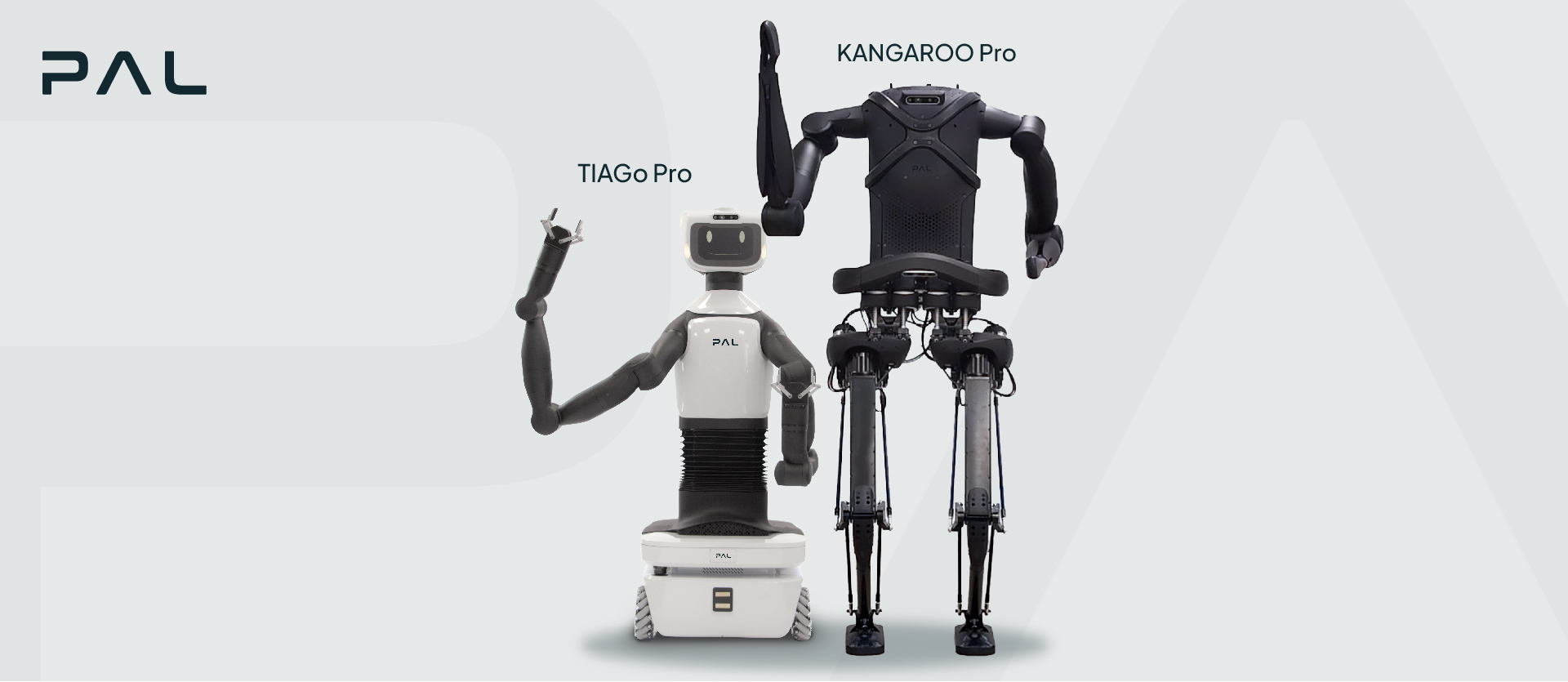As robotics becomes more deeply integrated into society, a new paradigm is taking shape: embodied artificial intelligence (AI). Unlike traditional AI, which operates in abstract digital environments, embodied AI enables robots to learn by doing; connecting perception, cognition, and action through direct physical interaction with the world.
This shift toward embodied intelligence is rapidly gaining traction in both academic and industrial fields, particularly since embodied AI has become more accessible and relevant. According to the World Robotics 2024 report from the International Federation of Robotics, the global stock of industrial robots reached 4.28 million units in 2023, representing a 10% increase over the previous year. Moreover, annual installations exceeded 500,000 units for the third year in a row, with 541,000 new robots deployed.
This acceleration reflects a growing demand for intelligent, autonomous systems that can navigate unstructured environments, interact safely with humans, and adapt to their surroundings through continuous sensory feedback.
Barcelona’s robotics pioneer at the forefront of embodied intelligence
PAL Robotics, based in Barcelona with branches in France and Italy, has been at the forefront of embodied intelligence for more than twenty years. The company develops mobile and humanoid robots for use in research, industrial, and service environments. Its platforms are deployed across a wide range of applications, from automating logistics and supporting manufacturing tasks to guiding and assisting people in hospitals, retail spaces, and museums. In addition to its commercial activity, the company actively contributes to European research through its participation in EU-funded projects focused on advancing robotics and artificial intelligence.
Rather than building machines that simply follow commands, the company develops robotic platforms designed to understand context, adapt to surroundings, and interact naturally with people.
The company’s humanoid and mobile robots, such as TIAGo Pro or KANGAROO Pro, are used in research institutions across Europe. These platforms support a wide range of applications, from assisting with elderly care in healthcare pilots to enabling advanced manipulation research in agrifood innovation projects. Their modular architecture, open-source compatibility, and emphasis on real-world usability, make them ideal tools for advancing embodied AI in practical settings.
Whether working on collaborative tasks in industrial environments, assisting people in service applications, or powering AI research in labs, PAL Robotics’ platforms actively bridge the gap between artificial intelligence and physical capability. Designed for adaptability and performance, each system allows researchers and developers to explore new frontiers of embodied intelligence in real-world scenarios.
Showcasing embodied AI in action at automatica 2025
To share its latest innovations and connect with the global robotics community, PAL Robotics will exhibit at Automatica 2025, taking place in Munich from June 24 to 27. Automatica, Europe’s premier trade fair for intelligent automation and robotics, will serve as a platform to explore how embodied AI and automation technologies are driving the next generation of robotics.
A key highlight of PAL Robotics’ presence will be a live teleoperation trial with one of its newest robots, TIAGo Pro. Visitors will have the opportunity to control the robot in real time, guiding its arms and movements as if it were an extension of themselves. This interactive demo represents a step forward in embodied AI, offering a glimpse into a future where humans and robots collaborate with seamless precision across distance and space.
Beyond its technical impact, the demonstration illustrates how embodied intelligence can enable intuitive control of complex robotic systems. As industries prepare for more human-centered automation, such advances open new possibilities for remote work, assistance, and shared autonomy. Visitors who take part in the demo may even have a chance to win a prize, making it not only a technological showcase, but one of Automatica’s most engaging experiences.
About PAL Robotics
PAL Robotics started in 2004, when a small group of engineers built the first fully autonomous humanoid biped robot in Europe which also happened to play chess. Today the company is still well known for humanoid robots, as well as retail and manufacturing solutions, and develops state-of-the-art robots for companies and research institutions worldwide. PAL Robotics’ mission is to enhance people’s quality of life through service robotics and automation, and the company has also partnered in over 60 collaborative research projects to further the development of robotics. Come and meet our robots at Automatica at Hall A4, booth 210.
